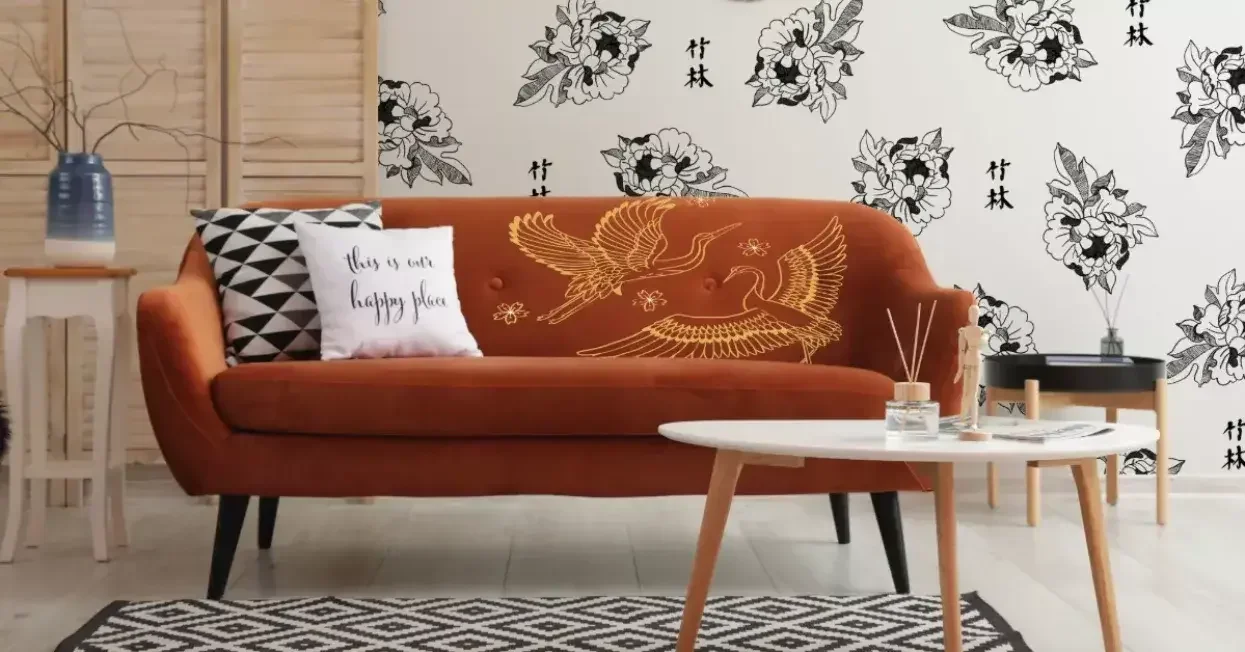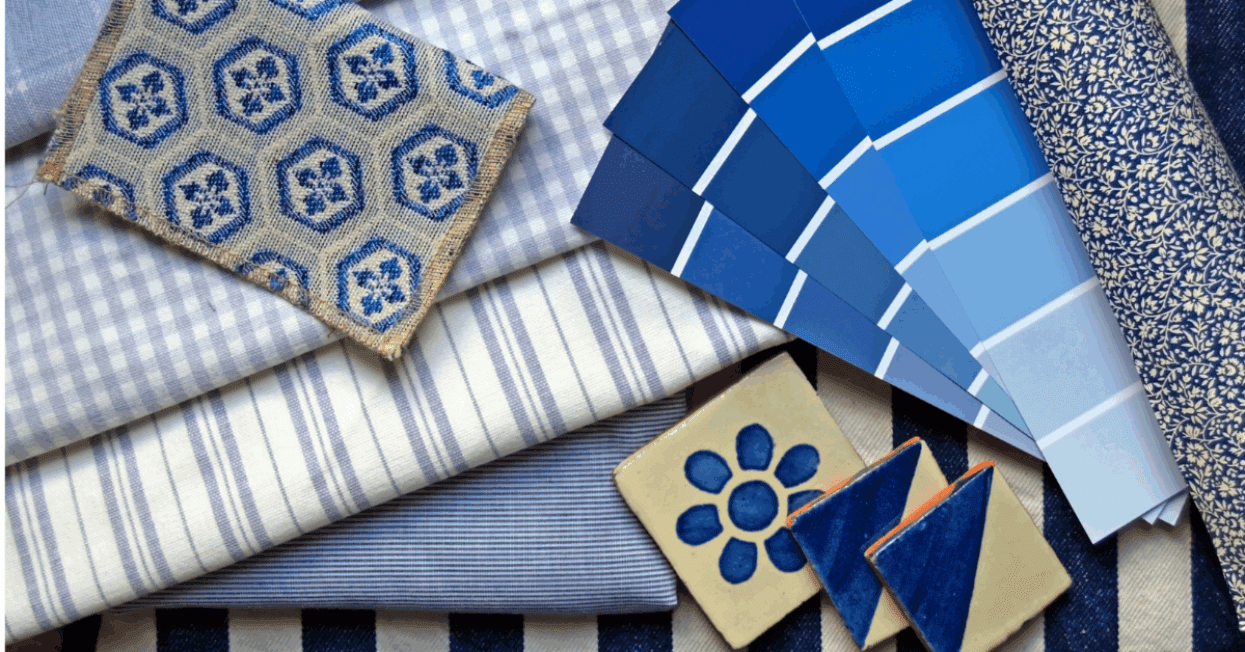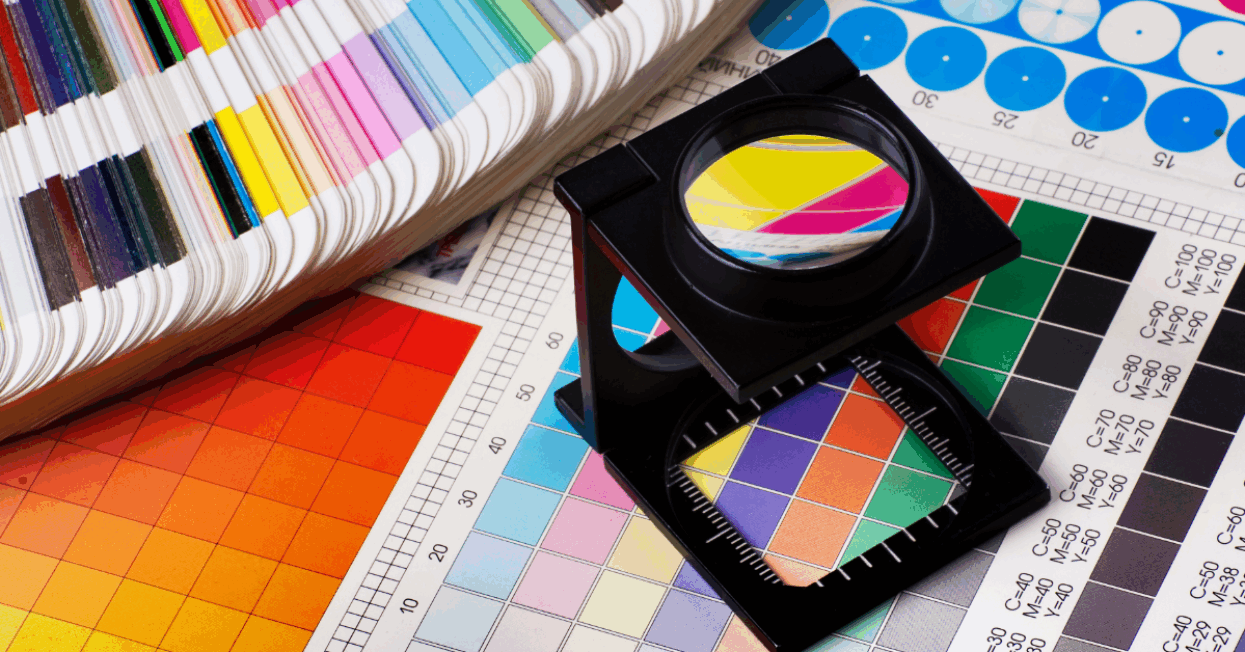
James Gatica shares how the combination of traditional screen-printing techniques with cutting-edge digital design tools is revolutionising the way designers conceptualise and produce custom decorative pieces.
Within interior decoration, every detail counts. From the intricate patterns of textiles to the precise colour palettes that enhance wall coverings, the art lies in the execution of design elements. In this article we look intothe transformative role of digital design tools in the screen-printing process and how combining both can result in better creativity and efficiency.
Digital Pattern Making: From Concept to Canvas
At the core of every screen-printed piece of work features a very detailed crafted pattern. In the past, designers relied on using manual techniques to capture their visions on paper, a process that has limitations and inconsistencies. However, with the introduction of digital design tools, such as computer-aided design (CAD) software and vector graphics programs, designers now have unprecedented control over creating and manipulating patterns.
These tools allow designers to experiment with complex geometries, intricate textures, and dynamic compositions, all with the precision and flexibility offered by digital platforms. Whether designing custom wallpaper or creating textile patterns, digital design tools offers endless creative possibilities. They enable designers to bring their visions to life with unprecedented clarity and detail.

Colour management: precision in pigments.
Colour is a key aspect of interior decoration, giving spaces personality and identity. In screen printing, achieving accurate colour reproduction is vital, ensuring consistency and vibrancy in each print run. Here, digital design tools play a crucial role in facilitating colour manipulation and management, from selecting the perfect shades to fine-tuning gradients and contrasts.
Advanced colour management systems allow designers to calibrate colours with extreme accuracy, ensuring fidelity between digital mock-ups and final prints. Additionally, digital tools allow designers to experiment with multiple colour variations in real time, enabling them to achieve the perfect balance of tones and hues that complement any interior aesthetic.

Print Workflow Optimisation – Efficiency Redefined
In the demanding world of interior decoration, efficiency is key. Optimising your printing workflow is essential to meeting deadlines and delivering exceptional results without compromising quality. Here, digital design tools offer a wide range of features designed to optimise every stage of the production process, from file preparation to printing and finishing.
Automated colour separation algorithms ensure accurate reproduction of complex designs, minimal errors and quicker set up times.. Additionally, digital workflow management systems enable seamless collaboration between designers, printers, and clients, facilitating real-time communication and sharing of feedback. By using digital design tools, screen printing businesses can achieve greater efficiency, responsiveness, and productivity, driving innovation in every project.

Improving design possibilities: the future of interior decoration
As technology continues to evolve, so does the potential for creativity and innovation in interior decorating. The integration of digital design tools with traditional screen-printing techniques offers new design possibilities, where the imagination knows no limits.
Whether pushing the limits of pattern complexity, exploring new boundaries in colour experimentation, or reimagining the printing workflow for optimal efficiency, digital design tools allow designers to exceed conventional limitations and redefine the look of interior spaces.

The transformative power of digital design tools in screen printing is shaping the future of interior decoration. By harnessing the precision, flexibility, and efficiency these tools offer, designers can unleash their creativity, delivering custom decorative pieces that captivate the senses and elevate the living experience. As we embark on this journey of innovation and exploration, one thing is certain: the digital revolution in screen printing is just beginning, and the possibilities are endless.